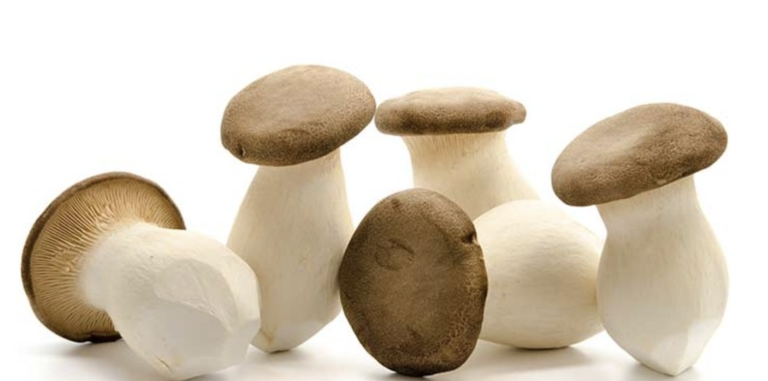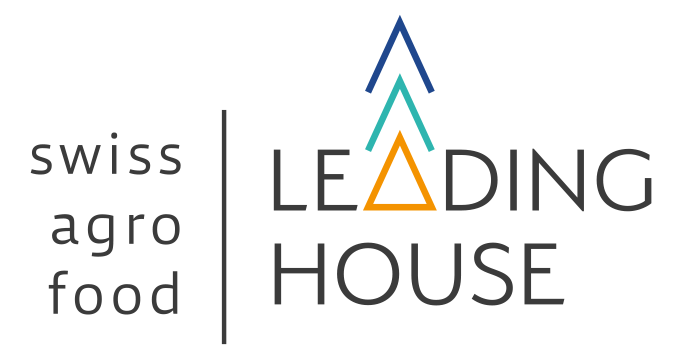Impact of Electromagnetic Light Waves on Growth, Shelf Life, and Sensory Properties of Edible Mushrooms
by Raymond Place

Introduction:
Fungi in fermentation processes experience varied growth conditions, with emerging evidence suggesting that electromagnetic light waves could potentially impact microorganism growth and shelf life. However, there is a notable lack of research investigating this phenomenon and its effects.
Research Objective:
This study aims to explore the effects of electromagnetic light waves of different frequencies on the growth, shelf life, and sensory attributes of cultivated edible mushrooms.
Significance:
Discovering specific wavelengths or combinations thereof that enhance sensory attributes and prolong shelf life in edible mushrooms could substantially increase their appeal as a meat substitute. As taste greatly influences consumption, improving the ecological footprint by favoring mushrooms over meat consumption is a noteworthy environmental goal. In addition, the amount of secondary metabolites and vitamins could possibly be increased.
Challenges and Methodology:
Given the novelty of this area, foundational experiments will be conducted to investigate this intriguing topic. The brief period during which fruit bodies emerge necessitates the use of a transparent film that permits the passage of light waves.
Conclusion:
By examining the impact of electromagnetic light waves on cultivated edible mushrooms’ growth, shelf life, and sensory characteristics, this study holds the potential to identify strategies for augmenting their desirability as a meat alternative. Such advancements align with the goal of reducing ecological impact while simultaneously catering to consumers’ palates.
In case of ascertainable outcomes that demonstrate favorable influences on both physical attributes and sensory qualities of mushrooms, novel prospects arise in the cultivation and commercialization of mushrooms in the Swiss market addressing two major sustainability concerns: animal-based food consumption and food waste.
Targeted exposure to light can improve the flavor or texture profile towards the needs of consumers, thus promoting the acceptance and willingness to buy plant-based alternatives. At the same time, the optimization of microbiological and pyhsical quality of mushrooms can aim at a longer shelf-life, which can counteract the loss due to spoilage along the value chain.
- Actors: research institutions (Bern University of Applied Sciences), LED-light experts
- Stakeholders: mushroom producers, Association of Swiss Mushroom Producers (VSP), target costumers (represented by a consumer panel)
- Research partner (Bern University of Applied Sciences): the persons involved in the project have a profound knowledge in the field of food microbiology and sensory science (analytical sensory as well as consumer analysis). BFH-HAFL has the expertise to plan, conduct and evaluate scientific experiments. This includes an empirically sound literature search, the preparation of an experimental plan and the creation of a statistically relevant data basis.
- Implementation partner (pending): Producers of cultivated mushrooms (edible mushrooms, champignons) systematically contribute their knowledge and experience in mushroom cultivation to the project. They are also aware of market dynamics, including technical capacities and the needs of end consumers.
- Economic: influence on the production volume and sales rate of indoor cultivated mushrooms
- Social: opportunities related to the cultural relevance of mushroom consumption in the culinary sector
- Environment: impacting consumer acceptance towards plant-based alternatives with reduced CO2 footprint
- Procurement of materials: mushroom growing kits, LED lamps, spectrometer (incubators with specific electromagnetic light waves have to be built)
- Human labour costs: hours or further literature research, conception of the experimental design, conduction of experiments
- External analytics: Amino acid profiles, vitamines and secondary metabolites
In the case of promising results we will apply for further funding such as Innocheck, Innosuisse or SNF.
